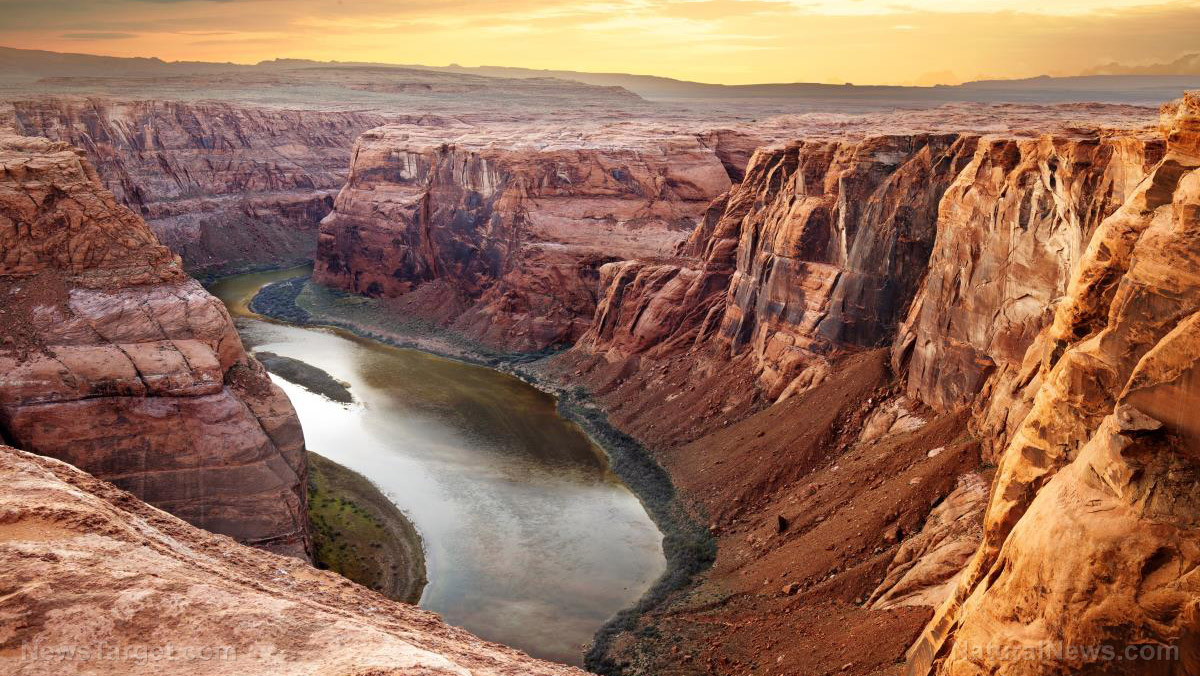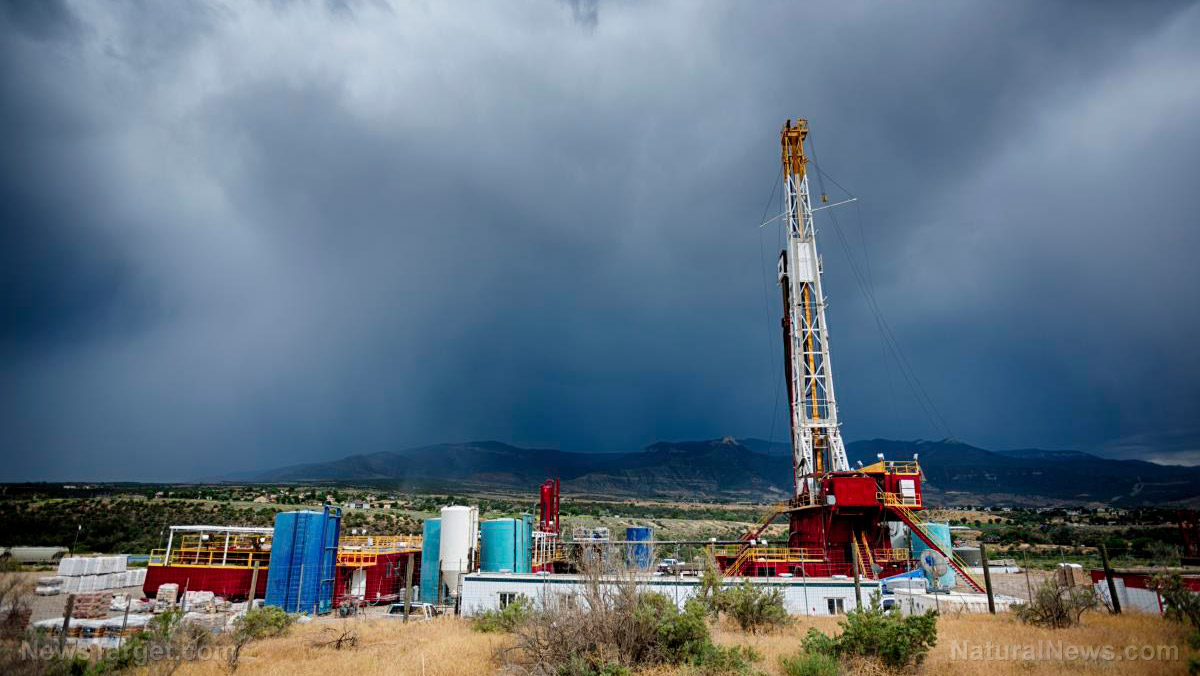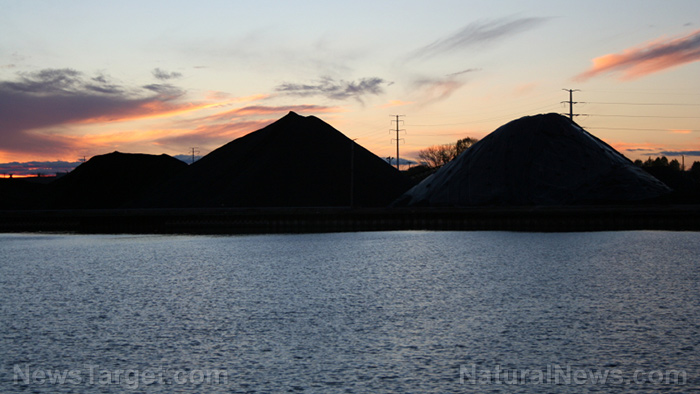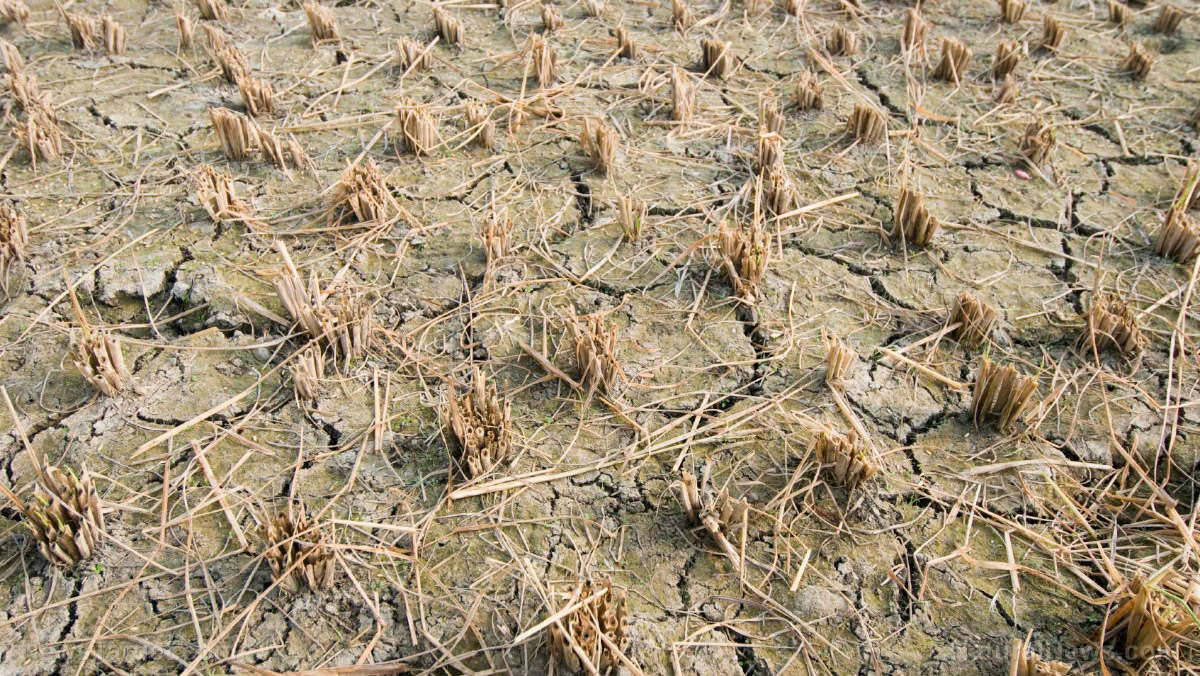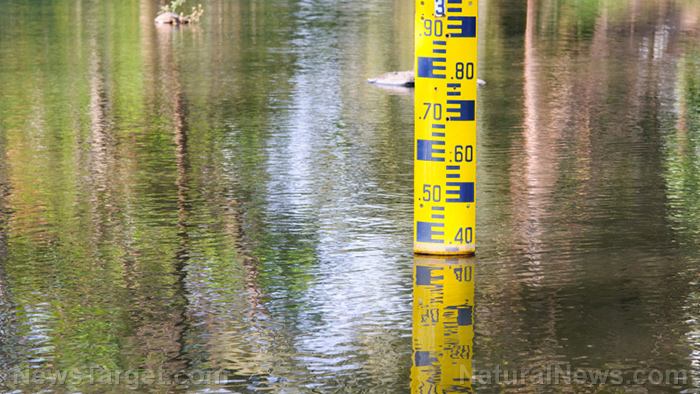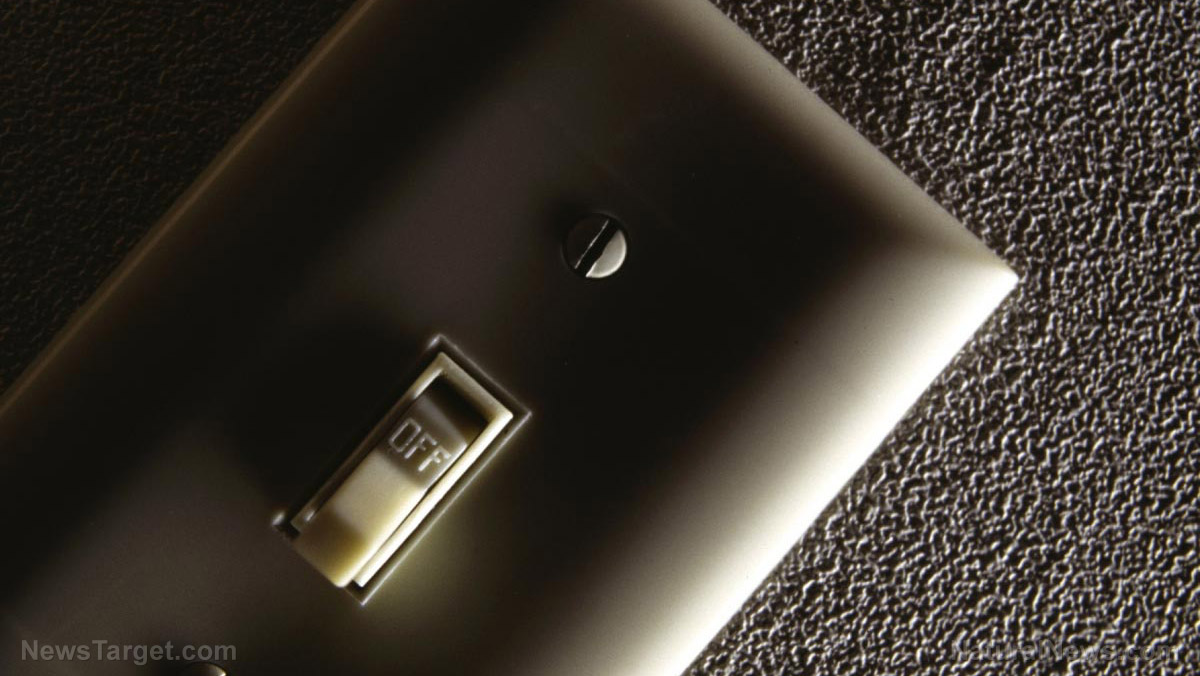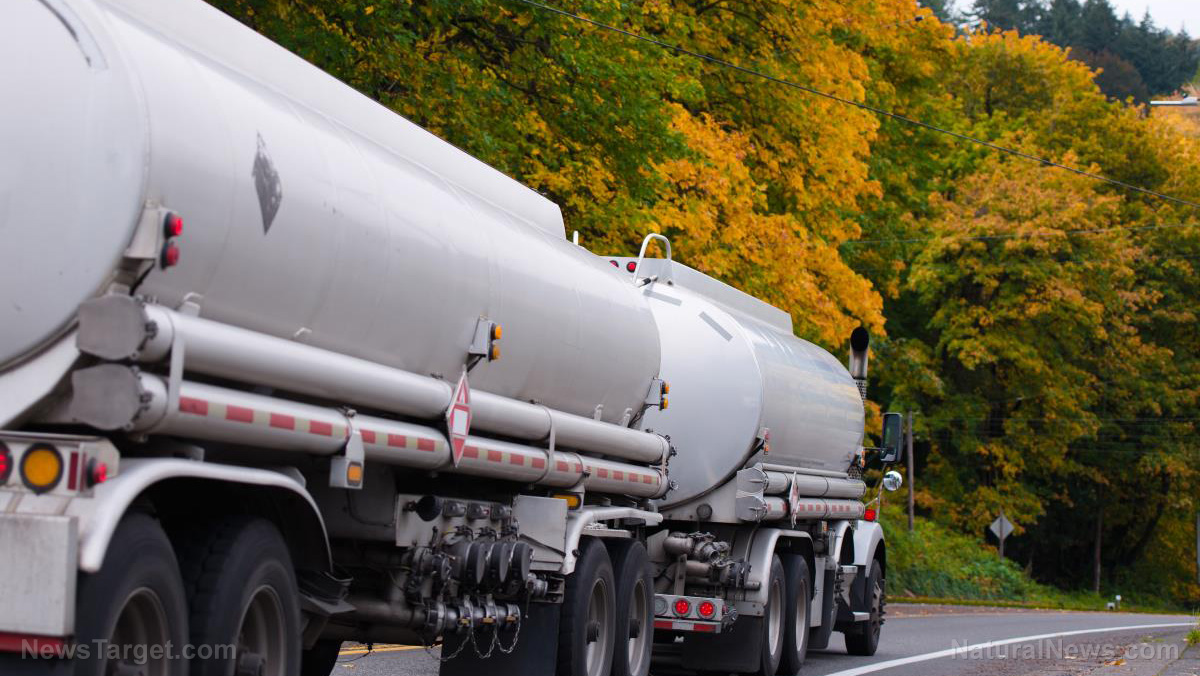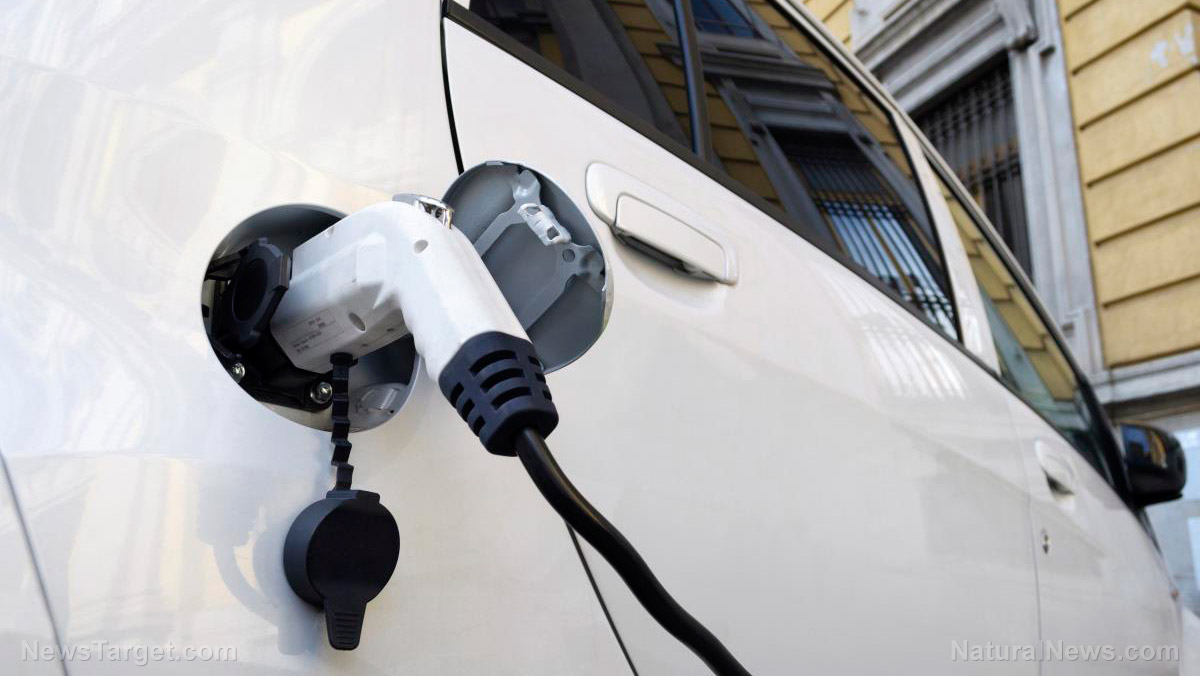Lake Mead approaching dead pool status as Western lakes’ water levels hit historic lows
06/23/2022 / By Cassie B.

Water levels in Lake Mead reached historic lows this week, with a measurement of 1,044.03 feet marking its lowest reading since the lake was first filled 150 years ago. This places the country’s biggest reservoir in the worrying position of approaching “dead pool” status, which occurs when the reservoir becomes so low that water is no longer able to flow downstream from the dam.
The lake will reach dead pool status if the reservoir drops below 895 feet, which is still a few years away but remains a concerning prospect for the millions of people in Arizona, Nevada, California and part of Mexico who rely on it for drinking water, power and irrigation.
Although dead pool status would not mean the lake was completely dry, there are concerns that the lake’s water levels could drop so low, even before reaching dead pool status, that it would compromise hydroelectric power production. When less water flows through turbines and there is less liquid pressure to spin them, they naturally produce less electricity, potentially leaving millions without a power source.
Lake Mead was created with the Hoover Dam in the early 1930s at the border between Nevada and Arizona on the Colorado River. The depletion of the lake is being attributed to persistent drought over the last 20 years as well as growing water demands.
States warned to reduce their water intake
The Interior Department has warned the seven states that depend on the Colorado River to find ways to dramatically reduce the amount of water they take in during the next two months in hopes of replenishing Lake Mead and Lake Powell, which is also dropping to dangerously low levels. The two reservoirs are at just 28 percent of full capacity, which means they are nearly three-fourths empty.

Lake Powell, which is situated on the Utah-Arizona border, is expected to drop more than 30 feet by March, which would put it just 16 feet away from the level where Glen Canyon Dam will not be able to generate electricity. The lake supplied the full energy needs of more than 300,000 homes last year.
The Colorado River has long been overused, with its flow dropping almost 20 percent since 2000. The federal government declared a shortage on the river last year for the first time, which saw cutbacks in deliveries of water to Nevada, Arizona and Mexico, while farmers in some parts of Arizona have had to leave fields dry and fallow.
Reclamation Commissioner Camille Touton said that significant cuts of 2 to 4 million acre-feet are needed next year to keep the reservoirs from reaching critical levels; California, Nevada and Arizona used around 7 million acre-feet of water from the Colorado River last year.
Southern Nevada Water Authority General Manager John Entsminger warned: “What has been a slow-motion train wreck for 20 years is accelerating, and the moment of reckoning is near.
“We are 150 feet (of elevation in Lake Mead) from 25 million Americans losing access to Colorado River water.”
Newly exposed shorelines causing problems for boaters
Meanwhile, the newly exposed shorelines that are emerging are creating problems in the Lake Mead National Recreation Area. The park’s public affairs office reports that the combination of silt and mud in the newly exposed land is easy for people, vehicles and vessels to get stuck in, particularly when the sun hardens the top layer of dirt, which makes the ground appear more stable than it is.
Previously sunken boats are now starting to emerge at the lake, and those hoping to boat there are experiencing long wait times as boat ramp closures due to dropping water levels mean just a single launch ramp is available.
Sources for this article include:
Submit a correction >>
Tagged Under:
big government, chaos, clean water, Climate, dead pool, Drought, energy, environment, Hoover Dam, Lake Mead, Lake Powell, overpopulation, panic, rationing, scarcity, water shortage, water supply, Water Wars
This article may contain statements that reflect the opinion of the author


